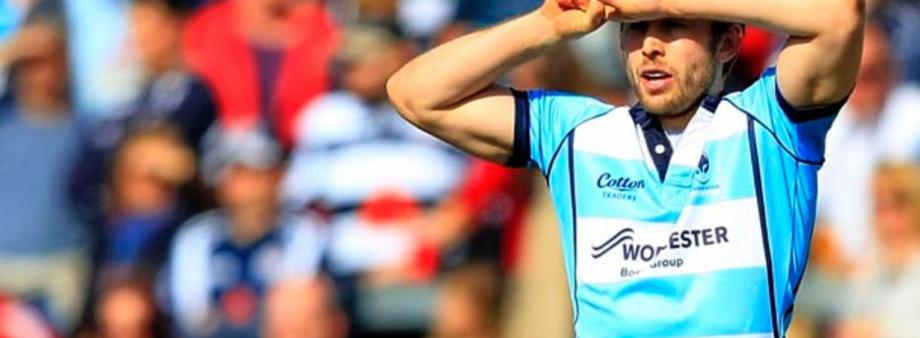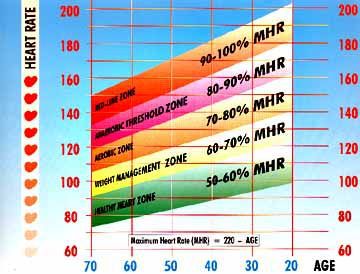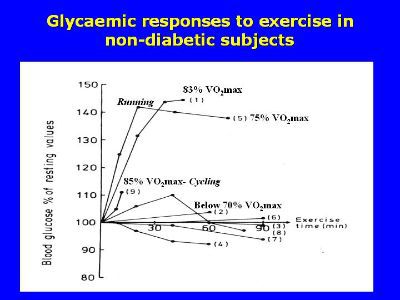
Heart Rate and Training
Understanding
the significance of heart rate is the key to understanding what
training zone you are in. You can then anticipate the likely effect of exercise on blood sugar.
Maximum Heart Rate (MHR)
First
calculate you maximum heart rate which is done by subtracting you age
from 220 (e.g. for a 22 year old person it is 198 beats per minute).
During your exercise, measure your heart rate over a minute at the
wrist pulse, on using the pads on the exercise machine, or if you are
really serious, a telemetric meter.
Below 60% MHR
You are in the non-training zone, either work harder or put your slippers on!
60-70% MHR
Training is in the aerobic zone, you will be able to do prolonged exercise, and your blood glucose will start to fall after 20-30 minutes,and may fall quite a bit after 40 minutes.
Below 60% MHR
You are in the non-training zone, either work harder or put your slippers on!
60-70% MHR
Training is in the aerobic zone, you will be able to do prolonged exercise, and your blood glucose will start to fall after 20-30 minutes,and may fall quite a bit after 40 minutes.
70-85% MHR
Now
we're talking, this is the standard training zone, again you blood
glucose will fall, but more speedily and fatigue is likely.
Above 85% MHR
This is in the anaerobic zone,
you won't be able to do this for long, and the blood glucose values are
likely to be higher after you finish, if there is not lower intensity
exercise.
| % Maximum Heart Rate | Training Zone | Typical exercise | Effect on blood glucose |
| <60 | Non-training | A nice walk! | Little, perhaps a small fall |
| 60-70 | Aerobic | Jogging, swimming | Fall after 20-30 mins |
| 70-85 | Mixed | Running, cross training at Gym, Football, Rugby | Steady and marked fall |
| >85 | Anaerobic | Sprint running, Intense Squash match | Rising blood glucose! |



